Wasp Guts and Slave Hair : The Bizarre Wine Facts Your Sommelier Definitely Left Out

The Weird and Wonderful History of Wine: From Lizards to Space Rocks
There's something wonderfully absurd about wine culture. We swirl, we sniff, and make serious faces while detecting "hints of blackcurrant and leather." We debate cellaring conditions and argue whether a wine needs five more years or should be drunk now.
And all of this is perfectly legitimate - good wine genuinely does deserve attention and appreciation.
But here's what nobody mentions during those reverent tastings: wine has an absolutely bonkers history.
I'm talking about the genuinely weird stuff that somehow got lost between the tasting notes and the cheese pairings. The bits that make you wonder how we got from "let's add some dead lizards to this" to "hmm, yes, excellent mouthfeel."
Because behind all the sophisticated swirling and the carefully curated wine lists, there's a history involving wasp intestines, human hair, and medical practices that would get you arrested today.
So, pour yourself something good (in a proper glass, obviously), and let me take you on a little tour through wine's stranger moments. Consider this your permission to love wine while acknowledging that we've made some deeply questionable decisions along the way.
In This Guide
- Wine as Medicine: When Things Went Horribly Wrong
- The Ingredients You Definitely Don't Want to Know About
- Nature's Tiny (and Slightly Disgusting) Conspiracies
- When Modern Winemaking Gets Properly Weird
- The Museum Pieces Still Hanging Around
- The Taste Descriptors That Sound Made Up (But Aren't)
- The Bottom Line
Wine as Medicine: When Things Went Horribly Wrong
Let's start with ancient Rome, because they really didn't mess about. Forget your modern "wine and wellness" trends with their resveratrol and antioxidants.
The Romans had... well, different ideas about wine's medicinal properties.
For instance, they believed that filtering wine through slaves' hair or beards improved its quality. Someone's questionable hygiene was considered a legitimate part of the winemaking process. Yes, you read that correctly.
Makes you grateful for modern filtration systems, doesn't it?
But it gets better. Or worse, depending on your perspective.
Wine Enemas and Medieval Medicine
Wine enemas were a common medical treatment in ancient times. Not as a punishment or some bizarre ritual - they actually thought that absorbing wine rectally was more effective than drinking it. Which raises so many questions I'm not sure I want answered.

Medieval doctors prescribed specific wines for different ailments. Urinary issues? White wine, obviously. Plague symptoms? Try some wine mixed with crushed emeralds or gold dust.
Because nothing says "evidence-based medicine" quite like drinking pulverised precious stones.
⚕️ Historical Note: These weren't history's equivalent of homeopathy - these were the legitimate medical professionals of the day making those recommendations.
Makes you wonder what future generations will think about our kale smoothies and activated charcoal lattes.
The Ingredients You Definitely Don't Want to Know About
Right, deep breath. Because medieval and ancient winemaking involved some things that would absolutely not pass modern food safety regulations.
Ancient Greek Innovation
Ancient Greeks regularly added seawater to their wine. Not a splash for minerality or some artisanal terroir expression - proper glugs of seawater, along with herbs and tree resin. Modern Greek retsina continues this pine resin tradition, which is at least slightly less alarming than some of the alternatives.
Medieval European Creativity
Medieval European vintners got creative with their additives: lizards, snakes, poisonous herbs - all considered legitimate "medicinal" ingredients.
Someone, somewhere, tasted wine with a dead lizard in it and thought, "Yes, this tastes better."
The Chinese took a different approach entirely. Some ancient Chinese wine was fermented with human saliva, because the enzymes break down starches. Which is scientifically accurate but also quite disturbing.
The Lead Problem
And my personal favourite horror story: Romans used lead acetate as a sweetener in wine. It tasted lovely, apparently. Unfortunately, it also caused widespread lead poisoning among the Roman elite, which might explain some of their more questionable decisions. (Like the hair-filtering thing. And the emperors.)
And if you think human hair and lizards were the worst of it, wait until you meet the wasps.
Nature's Tiny (and Slightly Disgusting) Conspiracies
Here's something that sounds like I've made it up but is absolutely true: wasps are partially responsible for wine fermentation. They carry yeast from grape to grape in their guts, essentially acting as tiny, flying fermentation factories.
Which means every time you're enjoying a glass of natural wine with its "wild yeast fermentation," you're technically drinking something that's been processed through wasp intestines.
Doesn't quite make it onto the label, does it?
Speaking of nature's involvement, wine grapes are hermaphroditic – each flower has both male and female parts. Practical, really. The vines don't need any help from bees, butterflies, or elaborate courtship displays.
The Microbial Truth
And then there's the whole terroir question. We all know about soil and climate and slope aspect, but it goes deeper than that. Each vineyard has its own unique microbial fingerprint – specific combinations of bacteria and yeast that exist nowhere else. Some natural winemakers take this seriously enough to suggest wines reflect the entire ecosystem's health, which sounds a bit hippie-ish until you realise they're probably right.
Also, one drop of wine contains millions of yeast cells, both dead and alive. You're essentially drinking the aftermath of a microscopic civilization that lived, worked, and died to make your Tuesday evening more pleasant.
When you think about it like that, the least you can do is use a proper glass.

When Modern Winemaking Gets Properly Weird
Modern winemaking has its own eccentricities that make you wonder if anyone's actually in charge of quality control.
Underwater Aging
Some producers now sink bottles into the ocean for aging, claiming the pressure and temperature create unique flavours. Fair enough, except retrieving wine from the sea floor seems like an excessive amount of effort for something that might just taste of seaweed and regret.
Tornado Chambers
One winemaker built a custom tornado simulation chamber for his barrels and intentionally subjects his wine to tornado conditions, presumably because normal aging was too boring.
Cosmic Energy
Then there's meteorite wine. An English winemaker, in Chile, ferments his wine in a barrel with a 4.5 billion-year-old meteorite from the Asteroid Belt between Mars and Jupiter, claiming it improves the wine's "cosmic energy."
Which is either brilliant marketing or genuine belief in space rock magic. Either way, you pay extra for it. I found a bottle of the 2013 vintage for over £500!
🦖 Not Weird Enough? Also in Chile, someone decided to age wine in an amphora containing 5-million-year-old dinosaur bones. Because apparently "aged in French oak" wasn't distinctive enough anymore.
The Museum Pieces Still Hanging Around
Wine can survive for an unsettling amount of time. The world's oldest wine cellar in Speyer, Germany, contains a bottle from 325 AD. It's still liquid, though probably more vinegar than wine at this point, and absolutely no one is brave enough to try it.
Ancient Egyptian Provisions
Ancient Egyptians left wine in tombs for the afterlife. Some sealed amphorae from King Tut's tomb still contained liquid when discovered. Tasting notes are unavailable, as no archaeologist is willing to risk drinking 3,000-year-old tomb wine, though "hints of sarcophagus" seems likely.
The Taste Descriptors That Sound Made Up (But Aren't)
Wine tasting notes can sound pretentious at the best of times, but some legitimate wine characteristics are genuinely bizarre.
Barnyard Character
"Barnyard" aromas come from Brettanomyces yeast. Some people consider it a flaw. Others call it character. Everyone agrees it smells like a barn, which isn't exactly aspirational.
Petrol Notes
Petrol notes in aged Riesling come from a compound called TDN and are apparently highly prized. Yes, people pay extra for wine that smells like a petrol station. The wine world is strange.
Cat Pee
And the smell of cat pee in Sauvignon Blanc? That's from compounds called pyrazines, which are similar to actual cat pheromones. Winemakers discovered this and decided it was a selling point.
"Notes of cat urine" should not be a positive descriptor, yet here we are.
The Bottom Line
Today's winemakers might experiment with amphorae and space rocks, but most of the world's best bottles rely on craftsmanship, cleanliness, and a good glass - thankfully without the beard filtration.
Good winemaking is art and science combined, and knowing a bit about what you're drinking genuinely enhances it.
Serving it properly, using the right glass - these things genuinely improve the experience.
That's not pretension, that's just paying attention.
But it's also worth remembering that wine's been around long enough to survive some spectacularly bad decisions. Lead additives. Lizard infusions. The wrong way through the alimentary canal?
The fact that we've arrived at "use a decent glass and don't store it next to the radiator" feels like remarkable restraint by comparison.
So pour yourself something good, use a glass that does it justice, and appreciate that modern winemaking has evolved past the "add lizards and optimism" phase.
Just don't think too hard about all those little yeast cells.
They did their job.
Honour their sacrifice.
So, the next time someone's banging on about terroir and microclimates, and "wild yeast fermentation," you can casually mention the wasp intestines.
Really adds a certain something to the conversation.

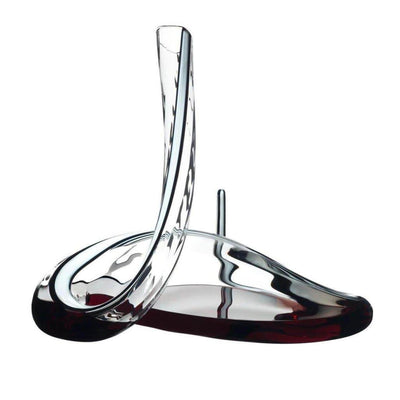
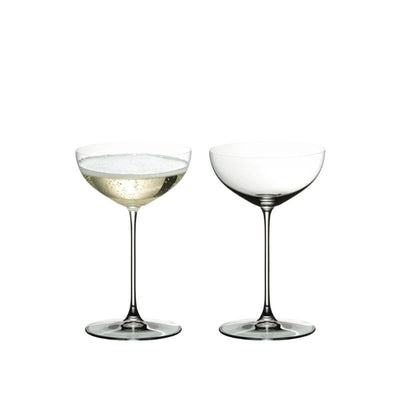
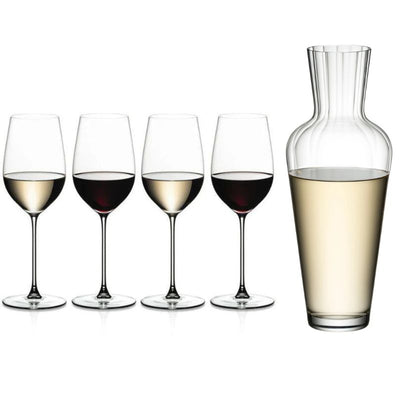
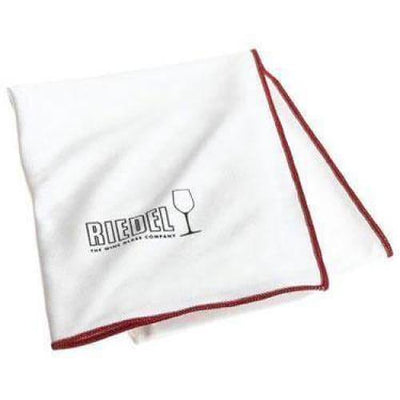















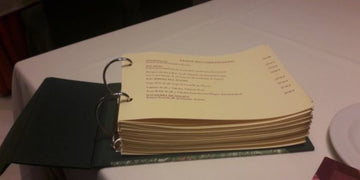


Leave a comment